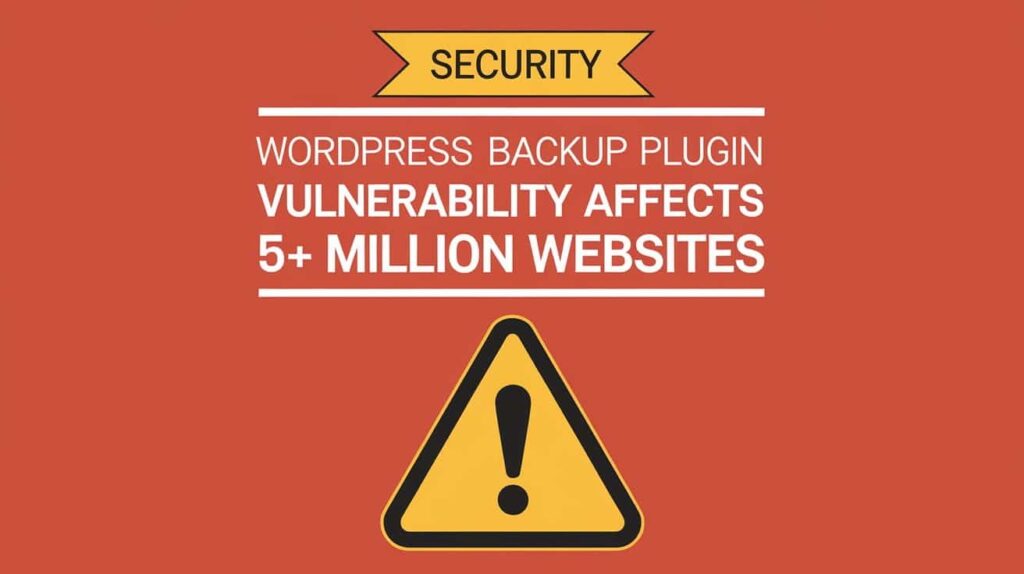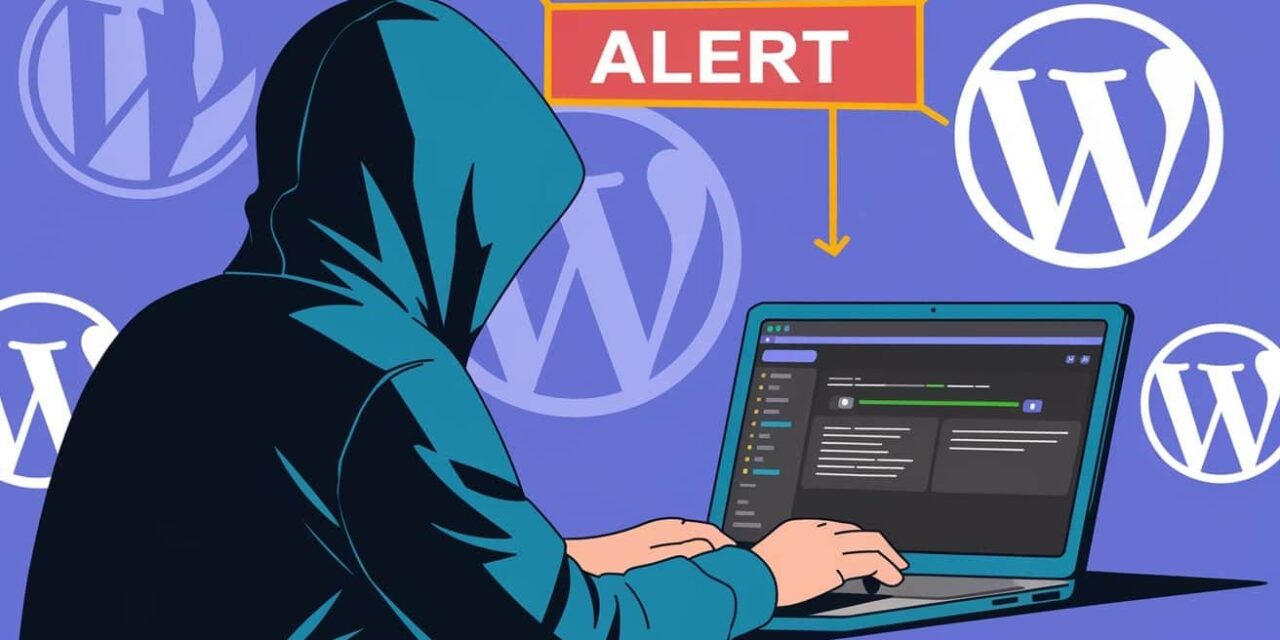WordPress users, we need to talk! If you rely on a backup plugin to safeguard your site, you might be at risk. A recently discovered backup plugin vulnerability is putting over five million websites in danger. This isn’t just a minor hiccup; it’s a major security concern that could expose your precious data to hackers.
Let’s dive into what’s happening, why it matters, and how you can protect your website from this alarming threat.
Table of Contents
- Unauthenticated PHP Object Injection
- The Dangers of Backup Plugin Vulnerabilities
- How to Protect Your WordPress Website
- Final Thoughts: Stay Ahead of WordPress Security Risks
Unauthenticated PHP Object Injection

One of the scariest aspects of this vulnerability affects 5+ million websites using a popular migration and backup plugin. The flaw? An unauthenticated PHP object injection that could allow attackers to execute malicious code remotely. That’s right; without needing to log in, cybercriminals could potentially take control of your website, access sensitive data, or even wipe out everything you’ve built.
PHP object injection is a serious security issue that occurs when untrusted input is passed directly into an unserialize() function. In simple terms, it means an attacker can trick the system into executing harmful commands by injecting malicious PHP objects. Since this backup plugin is widely used for WP migration and backups, the implications are massive. If left unpatched, websites using this plugin remain vulnerable to remote code execution, data breaches, and even complete takeovers.
This isn’t just a theoretical issue; it’s actively being exploited in the wild! Hackers are always on the lookout for weak spots, and this plugin vulnerability affects millions of WordPress users who trust it to protect their data. If you use a migration and backup plugin, now is the time to check for updates, apply security patches, and ensure your site isn’t an easy target.
The Dangers of Backup Plugin Vulnerabilities

Imagine this: You’ve worked tirelessly on your WordPress site curating content, perfecting your design, and optimising SEO only to wake up one day to find it compromised. A security breach from a backup plugin vulnerability isn’t just an inconvenience; it can lead to stolen user information, defaced pages, or even complete site loss.
Plugins that handle WP migration and backups are supposed to offer peace of mind, ensuring you have a copy of your site in case of emergencies. But when they contain critical security flaws, they do the opposite; they open the door to cyber threats. Bad actors can exploit these vulnerabilities to inject harmful scripts, gain unauthorised admin access, or manipulate site files. If your website holds customer data, the stakes are even higher, as breaches could result in compliance violations or legal consequences.
The takeaway? Just because a plugin is popular doesn’t mean it’s immune to security flaws. Always be proactive about security, because in the digital world, it’s better to be safe than sorry.
How to Protect Your WordPress Website
Now that we know the risks, let’s focus on solutions! If you’re using a migration and backup plugin, take these steps immediately to protect your WordPress site:
- Update Your Plugin—Developers are quick to roll out fixes once vulnerabilities are discovered. If you’re using an affected plugin, update it to the latest version ASAP!
- Check Security Advisories— Stay informed about security issues by following WordPress security blogs or subscribing to plugin vulnerability alerts.
- Use a Web Application Firewall (WAF)—A WAF can block malicious requests before they reach your site, adding an extra layer of defence.
- Run Regular Security Scans—Tools like Wordfence or Sucuri can help detect vulnerabilities before they become a problem.
- Limit Plugin Usage—Only install trusted, regularly updated plugins. If a plugin hasn’t been updated in months, it’s time to reconsider using it.
- Have a Backup Plan (Literally!) – Always keep an off-site backup of your WordPress website so you can restore it quickly if anything goes wrong.
Security isn’t a one-and-done deal—it’s an ongoing process. By staying vigilant, keeping software updated, and following best practices, you can significantly reduce the risk of falling victim to cyber threats.
Final Thoughts: Stay Ahead of WordPress Security Risks
WordPress is an incredible platform, but with great power comes great responsibility. This backup plugin vulnerability serves as a reminder that even the most widely used plugins can have flaws. Cybercriminals are always searching for weak spots, so it’s crucial to stay ahead with regular updates and security precautions.
If you haven’t already, check your plugins, update them, and ensure your website is protected from this latest threat. And remember security isn’t just about reacting to problems; it’s about preventing them before they happen.
Stay safe, stay updated, and keep building amazing WordPress websites!






